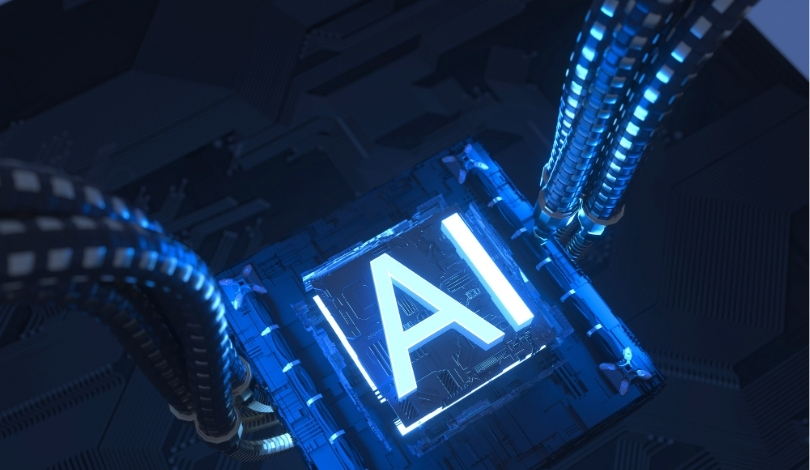As electricity demand continues to rise, ensuring the safe and stable operation of distribution lines becomes ever more critical. An article published in the “IET Generation, Transmission & Distribution” journal explores a new strategy for UAV-aided distribution line inspection that integrates a double-layer offloading mechanism and the QMIX algorithm. This approach addresses the computational limitations of UAVs by leveraging the collective processing power of Mobile Edge Computing (MEC), non-task devices, and edge servers. This development represents a significant step forward in optimizing UAV inspections for power distribution networks.
Three-Layer System Architecture
The proposed system architecture, named MEC-U-NTDC (MEC-UAV-Non-task Device Cloud), consists of three layers designed to maximize computational efficiency. The first layer involves the UAVs that perform the initial data collection during inspections. The second layer utilizes nearby non-task devices to offload some computational tasks, easing the burden on the UAVs. Finally, the third layer incorporates edge servers to handle more complex processing tasks that exceed the capabilities of both the UAVs and non-task devices.
To comprehensively utilize these resources, a double-layer offloading mechanism is introduced. This mechanism strategically distributes computational tasks between the edge servers and neighboring non-task devices, ensuring an optimal allocation of resources. This allocation is governed by a multi-agent algorithm named DLMQMIX, which aims to minimize the overall system cost associated with UAV inspections.
Algorithm Efficiency and Performance
Simulation experiments demonstrate that the DLMQMIX algorithm outperforms existing approaches such as PSO, GA, and QMIX in several key metrics. Specifically, it achieves lower average delay, reduced system cost, and improved load balancing. These gains suggest that the double-layer offloading mechanism effectively addresses the task offloading challenges faced by UAVs during distribution line inspections.
In examining previous research on UAV-aided distribution line inspections, earlier studies primarily focused on individual UAV capabilities and simpler offloading mechanisms. These approaches often faced limitations in scalability and efficiency. The new strategy builds upon these foundations by integrating a more complex, multi-agent system that leverages additional computational resources, thereby offering a more robust solution.
Compared to past methodologies, which typically relied on basic computational models, the incorporation of MEC and non-task devices in the new system represents a significant enhancement. This shift aligns with broader trends in UAV technology, which increasingly emphasize multi-agent coordination and resource optimization to address the growing complexity of tasks in various sectors.
Understanding the challenges and opportunities in UAV-aided distribution line inspection is crucial for maintaining stable power distribution systems. The double-layer offloading mechanism and DLMQMIX algorithm collectively offer a sophisticated solution for minimizing costs and improving efficiency. Readers interested in the technical details and simulation results can find comprehensive discussions in the “IET Generation, Transmission & Distribution” journal article.
For those involved in power distribution and maintenance, these findings suggest practical steps to enhance inspection protocols. Implementing such advanced UAV systems could lead to significant operational improvements, reducing downtime and ensuring more reliable power delivery. As the demand for electricity continues to grow, innovations like this will play a pivotal role in sustaining our power infrastructure.










